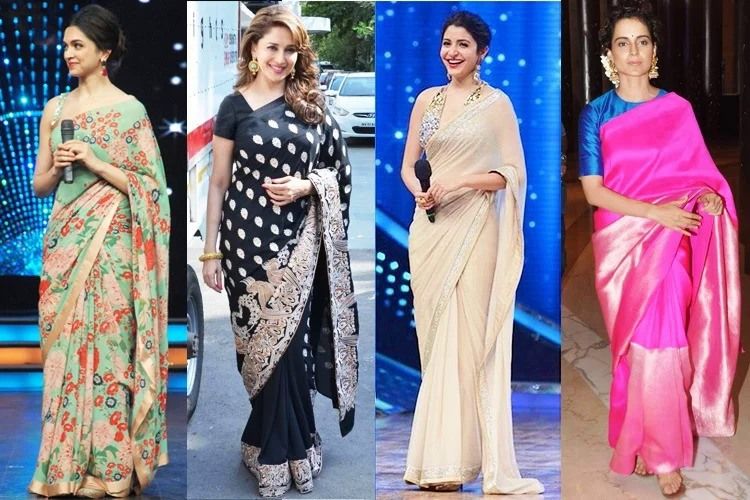There is nothing additional quintessentially Indian than a saree. The image of a lady draped in a saree is instantly relatable as one thing to try to to with Asian nation. Yes, it’s the normal clothe of selection for Indian girls, however the saree is most quite a national costume. Very similar to the country itself, the saree has persevered, toiled, remodeled and continues to evolve, encompassing the ever-changing world around it but also remaining systematically faithful it innate qualities.
Chronological Advancement
The story of the evolution of the saree runs parallel to the history of India in a very way that's seldom witnessed and even less documented because it's been in sync with the ever-changing tides that people have usually didn't recognise it. But a little bit of investigative analysis on fashion through the ages reveals that the saree isn't just yards of cloth or just a garment worn by Indian women, it's a relic to India’s past, gift and future.
- The earliest documented proof of the saree comes from the Maury and Sunga periods around 300BC. The earliest representations from the time usually depict men and girls carrying a draped rectangular fabric over their lower body and zip covering their higher body.
- During the time of the Mughals, some women chose to wear folded sarees whereas some women wore Persian inspired loose trousers with long tops (known these days as Salwaar Kurta) with a shorter, thinner, scarf-like cloth covering the head known as the Dupatta.
- When British became the supreme rulers of India, the saree was once more remodeled to suit their own rules of proprietary and morality. So came the introduction of the ‘blouse’ and ‘petticoat’ that were to be worn below the Indian saree.
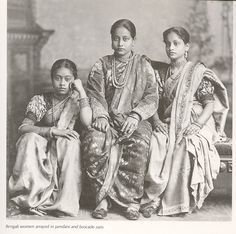
Sarees from the 1930s to 50s (Nivi Style)
The drape was defined as being wound around then tucked in at the waist and letting the lose end go over the rear either free flowing or covering the head. Saree-pins mounted at the shoulder or waist were conjointly trendy and were possibly inspired by the brooches worn by British women.
Sarees from the 1950s to 70s
Post Independence, India from the 1950s-1970s saw the emergence of Bollywood movies and together with it the influence of the gorgeous starlets who graced the big screen. Nutan, Madhubala, Nargis and Mumtaz were all sporting completely different appearance and for the first time ever, Indian women had the liberty to select and choose their own individual vogue.
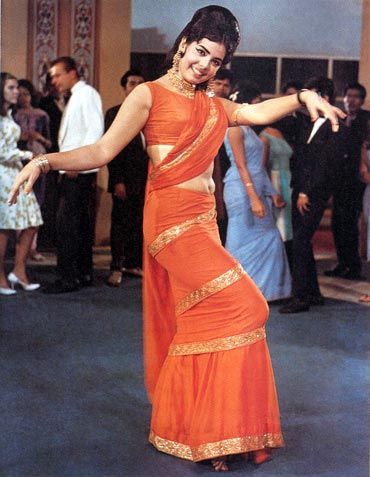
Sarees from the 1970s to 80s
The 1970s-1980s brought with them amplified affordability of color televisions and with it the saree for one more time went through one more metamorphosis. Inspired by on-screen styles and designs worn by actresses, firms like Vimal and Garden Vareli developed written sarees that were simply accessible at varied price range to all Indian women.
Sarees throughout the 1990s
Sarees went back to their original fluidness and sheerness within the 90s only due to the love stories of ace film maker Yash Chopra. The Yash Raj heroine was a sensuous chiffon saree clad angel who just was the right balance of innocence and sex appeal.
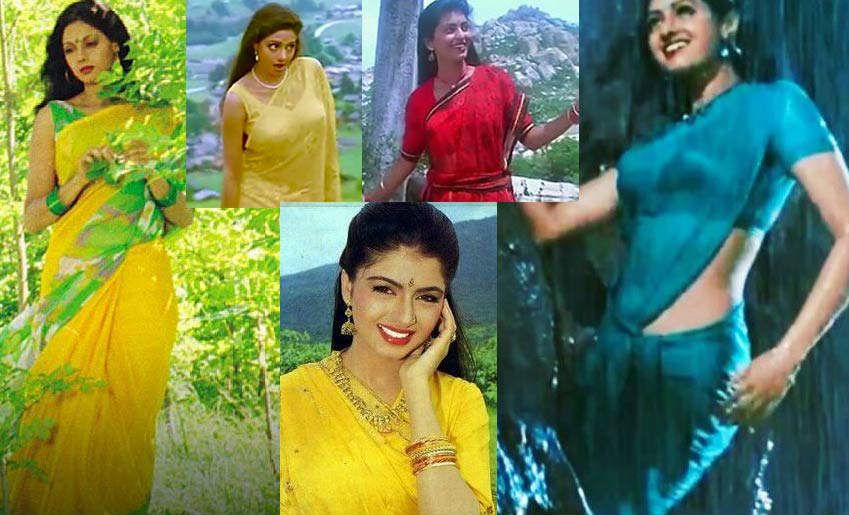
Sarees from the 1990s to 2000s
By the middle 90s and early 2000s, Indian women had extremely defined their own vogue component. It absolutely was the age of supermodels, Miss Universe and Miss World winners and suddenly it became all mandatory to be wearing the creations of popular fashion designers. The saree color palette too was the boldest it had ever been with the women accepting & embracing everything from deep dark tones to eye popping neons.
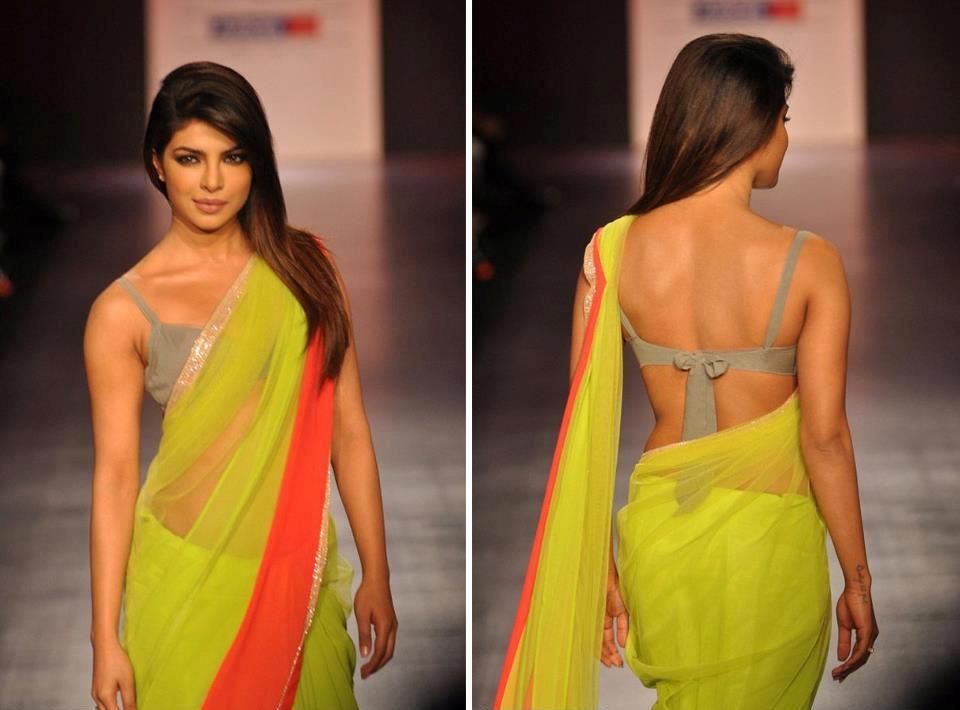
Saree throughout 2010s
Around 2010s the world was really globalised and most ladies couldn’t be troubled with arduous task of showing neatness draping and pleating a saree. Indian fashion designers used their ingenuity to form pre-draped versions of the saree that would be worn as quickly as any of the western clothes most well-liked by trendy Indian girls.
